Dacrymyces chrysospermus
Scientific name: Dacrymyces chrysospermus Berk. & M.
A. Curtis
Derivation of name: Dacry- means "tear" (as in weeping)
and -myces means "fungus." Chrys- means "golden" and
-spermus means "seed" in reference to the yellow spores
en masse.
Synonyms: Dacrymyces palmatus (Schwein.) Burt;
Tremella palmata Schwein.
Common name(s): Orange jelly; Orange witch's butter.
Phylum: Basidiomycota
Order: Dacrymycetales
Family: Dacrymycetaceae
Occurrence on wood substrate: Saprobic; forming dense
clusters on decaying conifer wood; May through November.
Dimensions: Fruitbodies 1-6 cm wide and up to 2.5 cm
high.
Description: Irregular brainlike or lobed gelatinous mass;
yellowish-orange to orange; whitish near the rooting point
of attachment.
Edibility: Edible.
Comments:
Resembles Tremella mesenterica but T.
mesenterica occurs on hardwoods and lacks the white
rooting base.
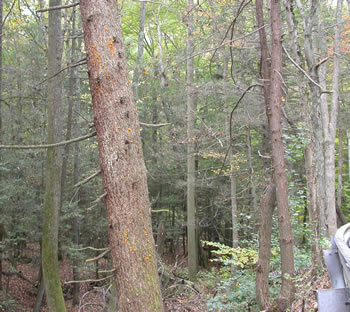
Figure 1. Can you see Dacrymyces chrysospermus on the
hemlock (Tsuga canadensis) trunk?
Photo © Gary Emberger.
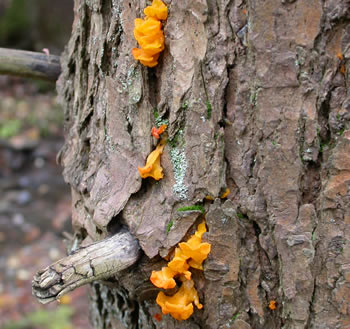
Figure 2. A closer view. Photo © Gary Emberger.
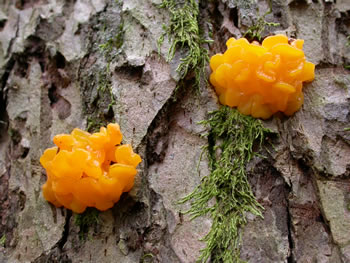
Figure 3. Characteristic, irregular, gelatinous masses.
Photo © Gary Emberger.
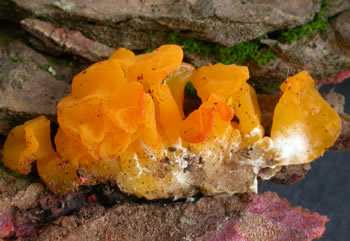
Figure 4. The white mycelium at the point of attachment is an
important field character. You may have to dig out the cluster
in order
to see it. Photo © Gary Emberger.
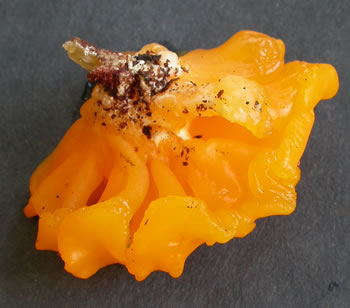
Figure 5. The narrow point of attachment.
Photo © Gary Emberger.
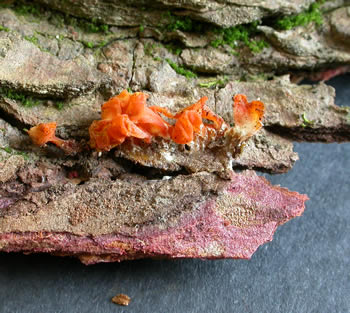
Figure 6. When dry, Dacrymyces chrysospermus
develops a
reddish-orange color.
Photo © Gary Emberger.